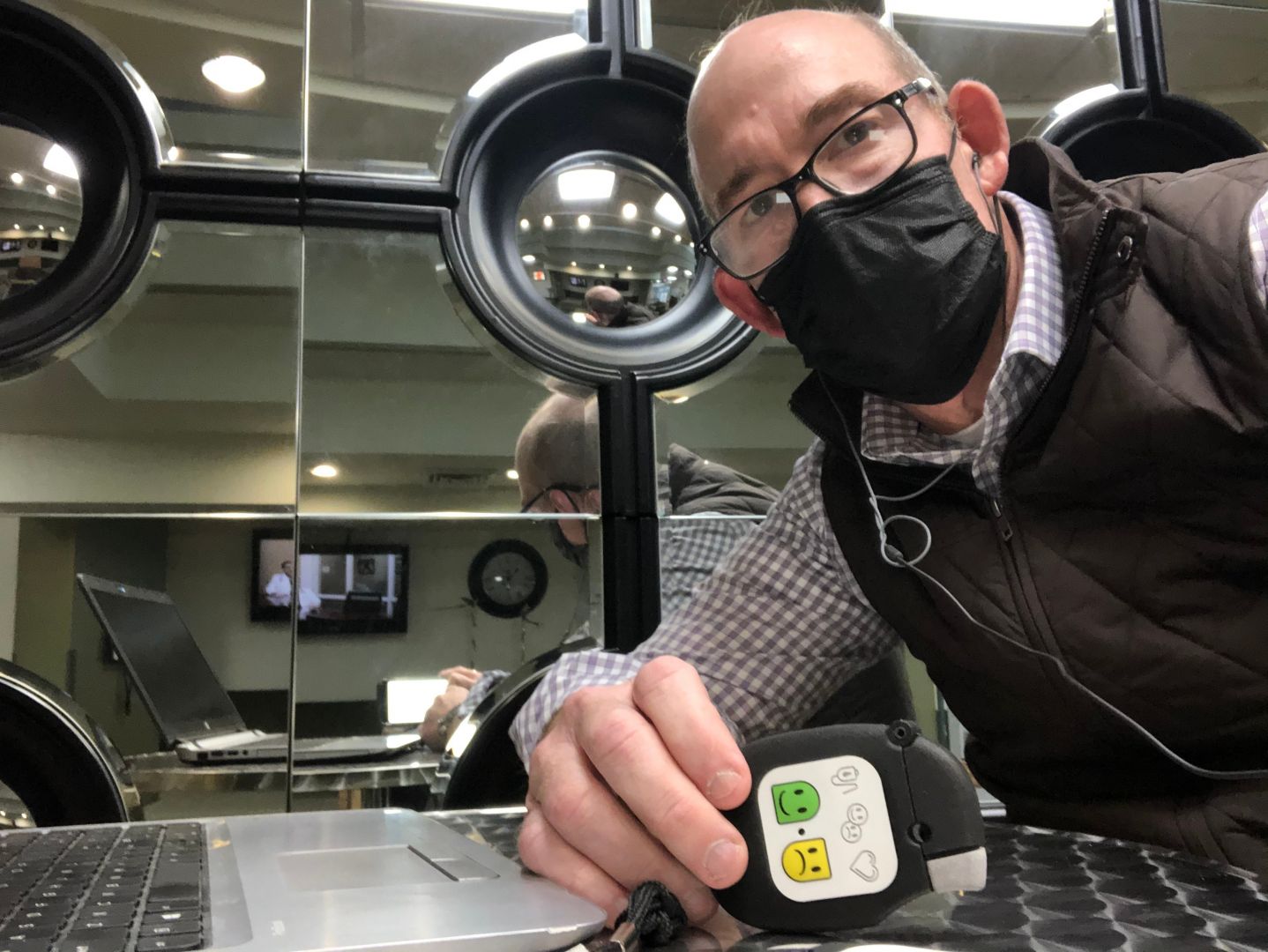Meet Mitchell Berenson | CEO/Founder, Community Infusion Solutions

We had the good fortune of connecting with Mitchell Berenson and we’ve shared our conversation below.
Hi Mitchell, we’d love for you to start things off by telling us something about your industry that we and others not in the industry might be unaware of?
At any given time, there are more than 50,000 people “prescribed” IV infusion therapy across the U.S. – whether it’s for diabetes, rheumatoid arthritis, kidney problems or many other chronic illnesses – and less than 50% of those people actually comply. That means 25,000 people, especially those in rural America, are suffering from chronic illnesses and readmitting to hospitals/ERs every day. The reason: Our health system lacks a continuum of care; once the patient leaves the hospital, no one is ensuring they’re compliant (that they’re taking those IV meds) and getting the support and follow-up care they need. On the flip side, for rural hospitals, IV infusion services are the top “outmigrating” services (patients have to go to bigger hospitals) across the U.S. When you combine this outmigration with patients not complying, what we have is a major problem with how healthcare is being delivered – and that’s what Community Infusion Solutions went after to try and fix. Our goal is to advocate for patients and help them stay healthy sooner and longer, and to be part of the healthcare solution.

What should our readers know about your business?
Community Infusion Solutions develops outpatient IV infusion centers and cancer programs in rural communities in 22 states throughout rural America. The cornerstone of our company is addressing the social determinants of health to ensure patients can get healthier and live their lives. We advocate for the patient and support the patient – that’s often the missing element that leads to longer-term health and better profitability for rural hospitals. Reaching 25,000 patients a year and knowing those patients aren’t readmitting and doing better than before our intervention is what makes me most proud. We know that 90% of our patients are IV infusion compliant and that’s a significant jump from less than 50% across the U.S. What excites me most is the huge potential of our new, IV Ensure remote IV infusion monitoring technology; our goal is to take the learnings discovered in rural healthcare and be able to scale that globally. We’re already pilot testing this innovative technology and the healthcare market is eager to adopt this new “IOT” device into patient care plans. What challenges have I faced/what’s key to my story? Being dyslexic meant I had to persevere and try things lots of different ways to overcome and succeed, including the way I brought CIS to life. We started with a pilot test in rural Mississippi as a creative way to try and reduce lower-limb amputation for diabetic patients who weren’t taking their regular IV infusion medications. At that point, IV infusion compliance and care management was a completely unrecognized need and opportunity within rural communities. But we pressed on and the pilot had a dramatic impact. Even though it was just a pilot, the thought of quitting after that wasn’t even possible. That same relentless pursuit for a positive impact is how I live my life. Lessons learned: I learned a long time ago that there are only so many dollars out there for healthcare. If you squander that through inefficiencies, like preventable readmissions or revolving door ER visits, then others won’t receive health care. It’s that simple. Health value is now the central discussion point in healthcare. Before it was about driving revenue. So for CIS, this means helping patients get better sooner – and stay healthy.

If you had a friend visiting you, what are some of the local spots you’d want to take them around to?
I live outside of Dallas and have small kids, so my time in the city is minimal. However, if I have the opportunity, I enjoy dining at the Capital Grille in The Crescent – the atmosphere is wonderful. I also love catching bands down in Deep Ellum, playing tennis at the myriad of parks in Dallas. White Rock Lake and the Arboretum would certainly be a go-to, I’ve been taking my kids there forever – both are beautiful. Outside of Dallas, my favorite restaurant is Babe’s Chicken Dinner in Garland, and as a sailor, I try to catch the Wednesday night races on Lake Ray Hubbard.

The Shoutout series is all about recognizing that our success and where we are in life is at least somewhat thanks to the efforts, support, mentorship, love and encouragement of others. So is there someone that you want to dedicate your shoutout to?
For me, it’s a three-part shout-out. Just after I earned my master’s in public health at Oklahoma University, Pat Wimberly, the VP of Administration at the Children’s Hospital of Oklahoma helped me transition from a student to a patient-centered leader. I had lots of education but hadn’t worked with patients before. Pat taught me how to be a patient advocate – how to talk to patients and listen to what was truly happening with them. Later in my career, Dianne Grussendorf at Baylor, Scott & White, helped me understand how to work within managed care contracts and actually see the paths that would take better care of patients. Because of Dianne, I was able to design and scale the infusion program model that became the foundation for CIS; I learned how hospitals and providers would be compensated and how to create a win-win-win for hospitals, providers and patients. Finally, I’ve been part of The Rotary Club for more than a decade, and I saw first-hand that it only takes one individual’s passion for a community need to spur on a collaborative movement – the outcomes can be great.

Website: Www.communityiv.com
Linkedin: https://www.linkedin.com/in/mitchell-berenson-mph-7987b4a/
Image Credits
Mitchell Berenson
